Natural Numbers, Integers, Rational Numbers Worksheet With Answers - Mathematics Secondary Course Page 4
ADVERTISEMENT
MODULE -
1
Number Systems
Algebra
For example, (2 – 3), (3 – 7), (9 – 20) etc. are all not possible in the system of natural
numbers and whole numbers. Thus, it needed another extension of numbers which allow
such subtractions.
Thus, we extend whole numbers by such numbers as –1 (called negative 1), – 2 (negative
Notes
2) and so on such that
1 + (–1) = 0, 2 + (–2) = 0, 3 + (–3) = 0..., 99 + (– 99) = 0, ...
Thus, we have extended the whole numbers to another system of numbers, called integers.
The integers therefore are
..., – 7, – 6, – 5, – 4, – 3, – 2, – 1, 0, 1, 2, 3, 4, 5, 6, 7, ...
1.2.4 Representing Integers on the Number Line
We extend the number line used for representing whole numbers to the left of zero and
mark points – 1, – 2, – 3, – 4, ... such that 1 and – 1, 2 and – 2, 3 and – 3 are equidistant
from zero and are in opposite directions of zero. Thus, we have the integer number line as
follows:
•
•
•
•
•
•
•
•
•
.......... –4
–3
–2
–1
0
1
2
3
4.......
We can now easily represent integers on the number line. For example, let us represent
– 5, 7, – 2, – 3, 4 on the number line. In the figure, the points A, B, C, D and E respectively
represent – 5, 7, – 2, – 3 and 4.
C
A
D
E
B
•
•
•
•
•
•
•
•
•
•
•
•
•
•
•
•
–7
–6
–5
–4
–3 –2
–1
0
1
2
3
4
5
6
7
8
We note here that if an integer a > b, then ‘a’ will always be to the right of ‘b’, otherwise
vise-versa.
For example, in the above figure 7 > 4, therefore B lies to the right of E. Similarly,
– 2 > – 5, therefore C (– 2) lies to the right of A (–5).
Conversely, as 4 < 7, therefore 4 lies to the left of 7 which is shown in the figure as E is to
the left of B
∴ For finding the greater (or smaller) of the two integers a and b, we follow the following
rule:
i) a > b, if a is to the right of b
ii) a < b, if a is to the left of b
Example 1.1:
Identify natural numbers, whole numbers and integers from the following:-
15, 22, – 6, 7, – 13, 0, 12, – 12, 13, – 31
Solution:
Natural numbers are: 7, 12, 13, 15 and 22
whole numbers are: 0, 7, 12, 13, 15 and 22
Integers are: – 31, – 13, – 12, – 6, 0, 7, 12, 13, 15 and 22
6
Mathematics Secondary Course
ADVERTISEMENT
0 votes
Related Articles
Related forms
Related Categories
Parent category: Education
 1
1 2
2 3
3 4
4 5
5 6
6 7
7 8
8 9
9 10
10 11
11 12
12 13
13 14
14 15
15 16
16 17
17 18
18 19
19 20
20 21
21 22
22 23
23 24
24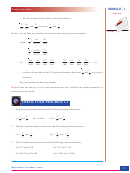 25
25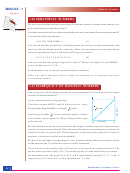 26
26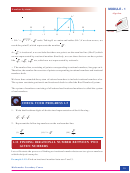 27
27 28
28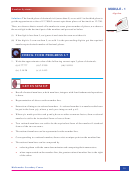 29
29 30
30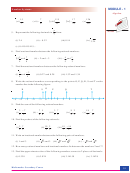 31
31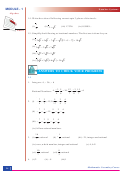 32
32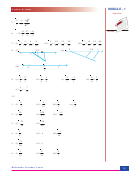 33
33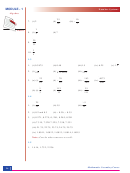 34
34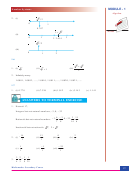 35
35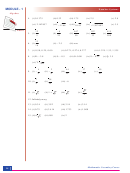 36
36








